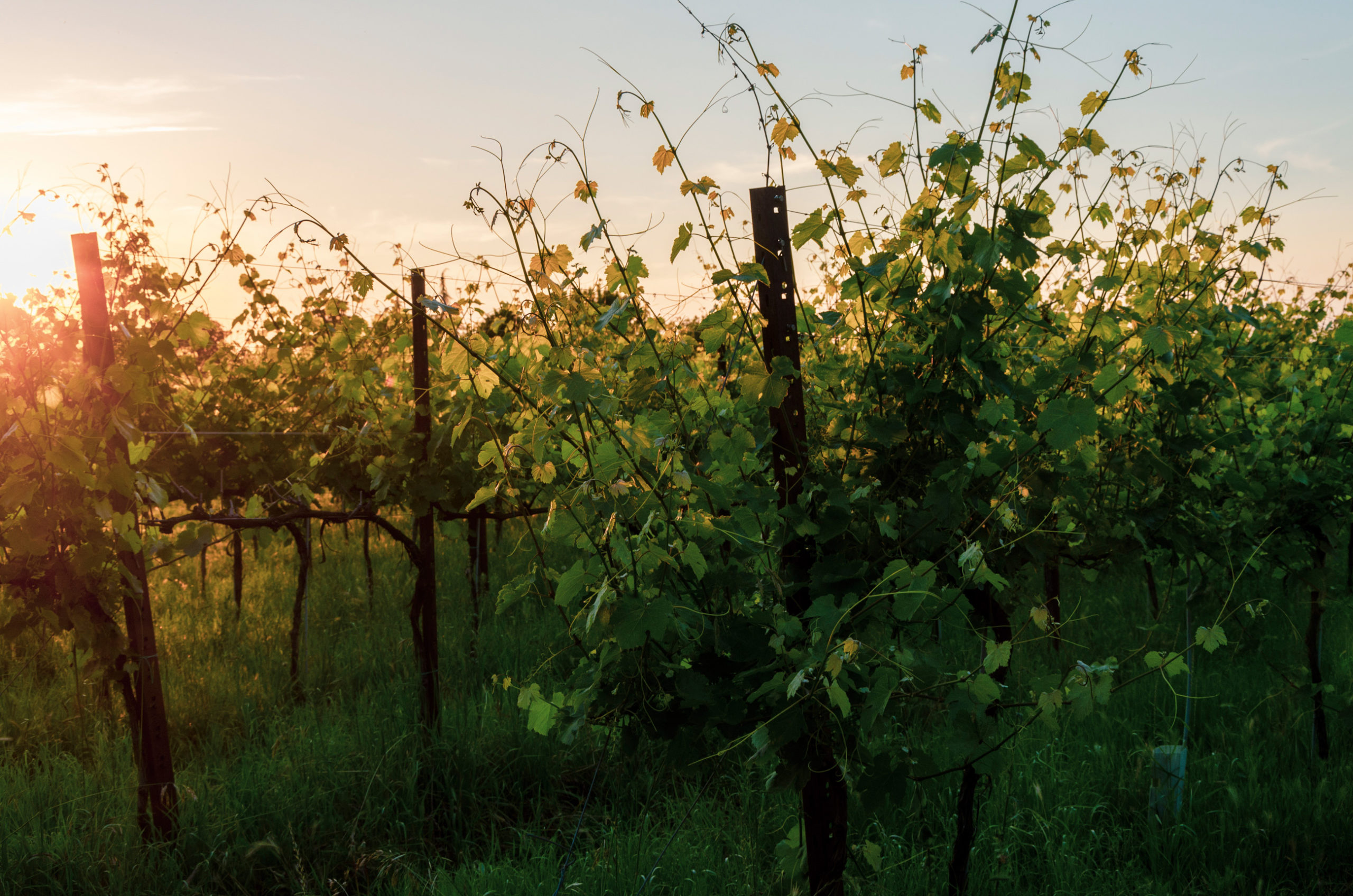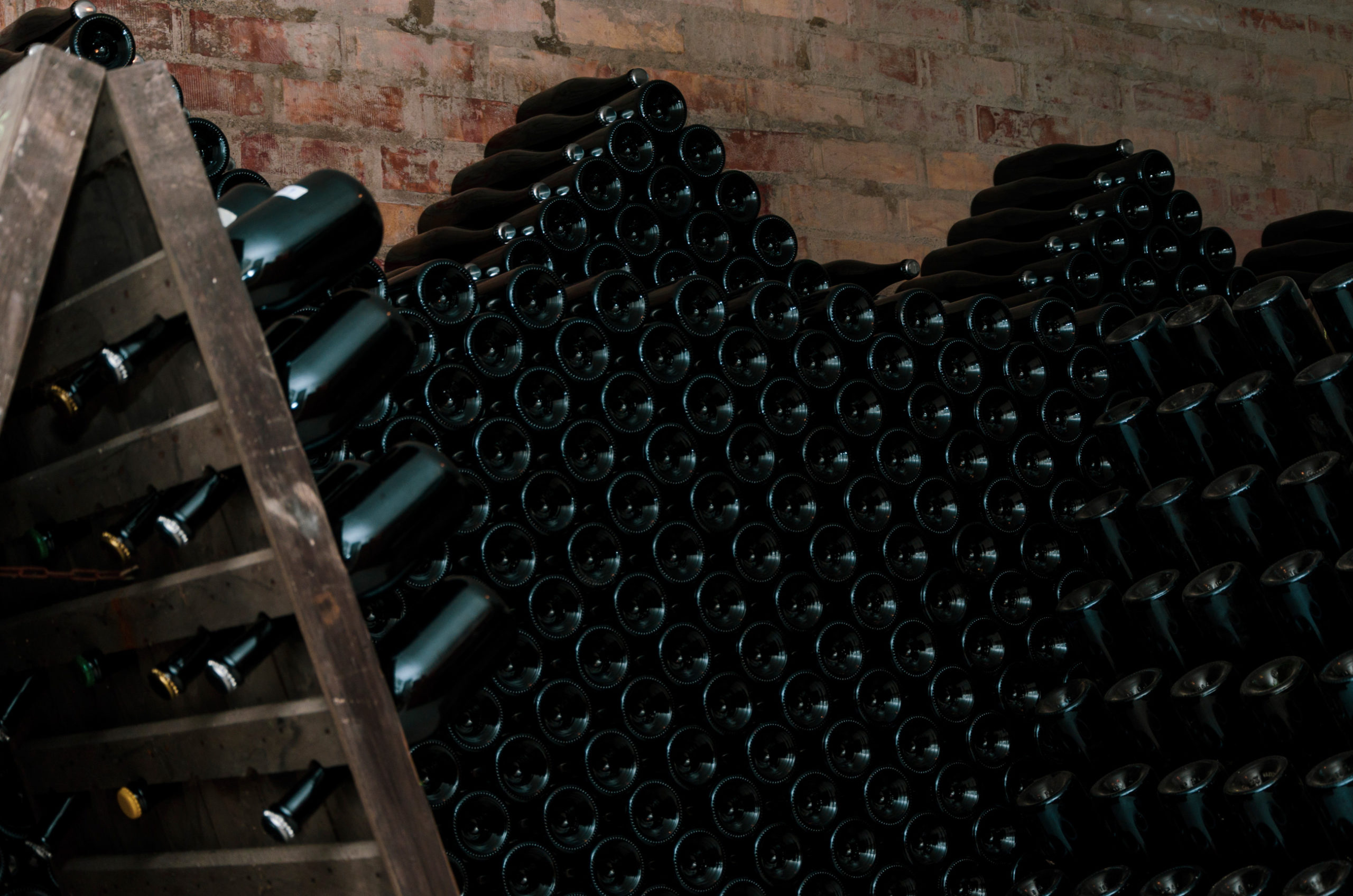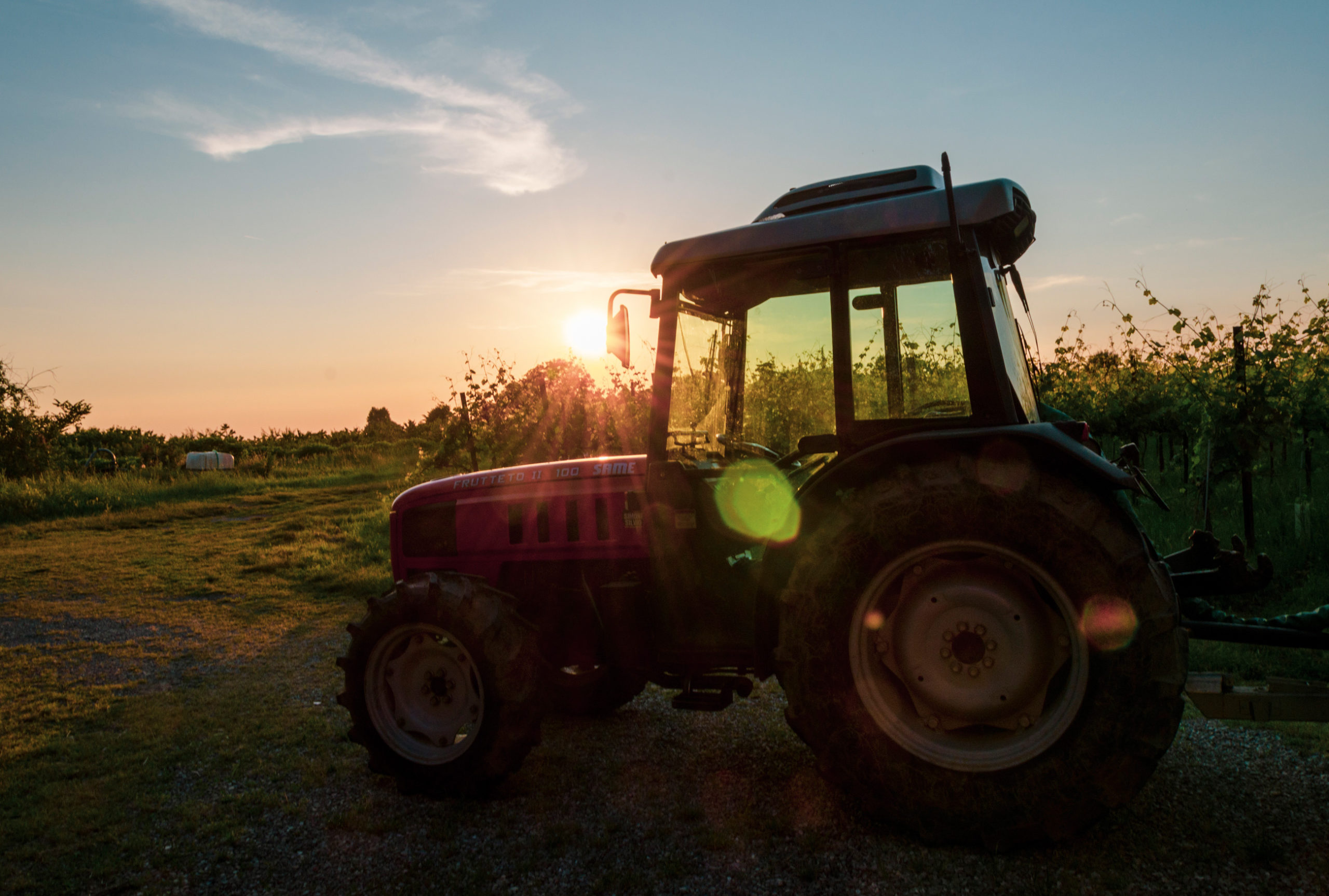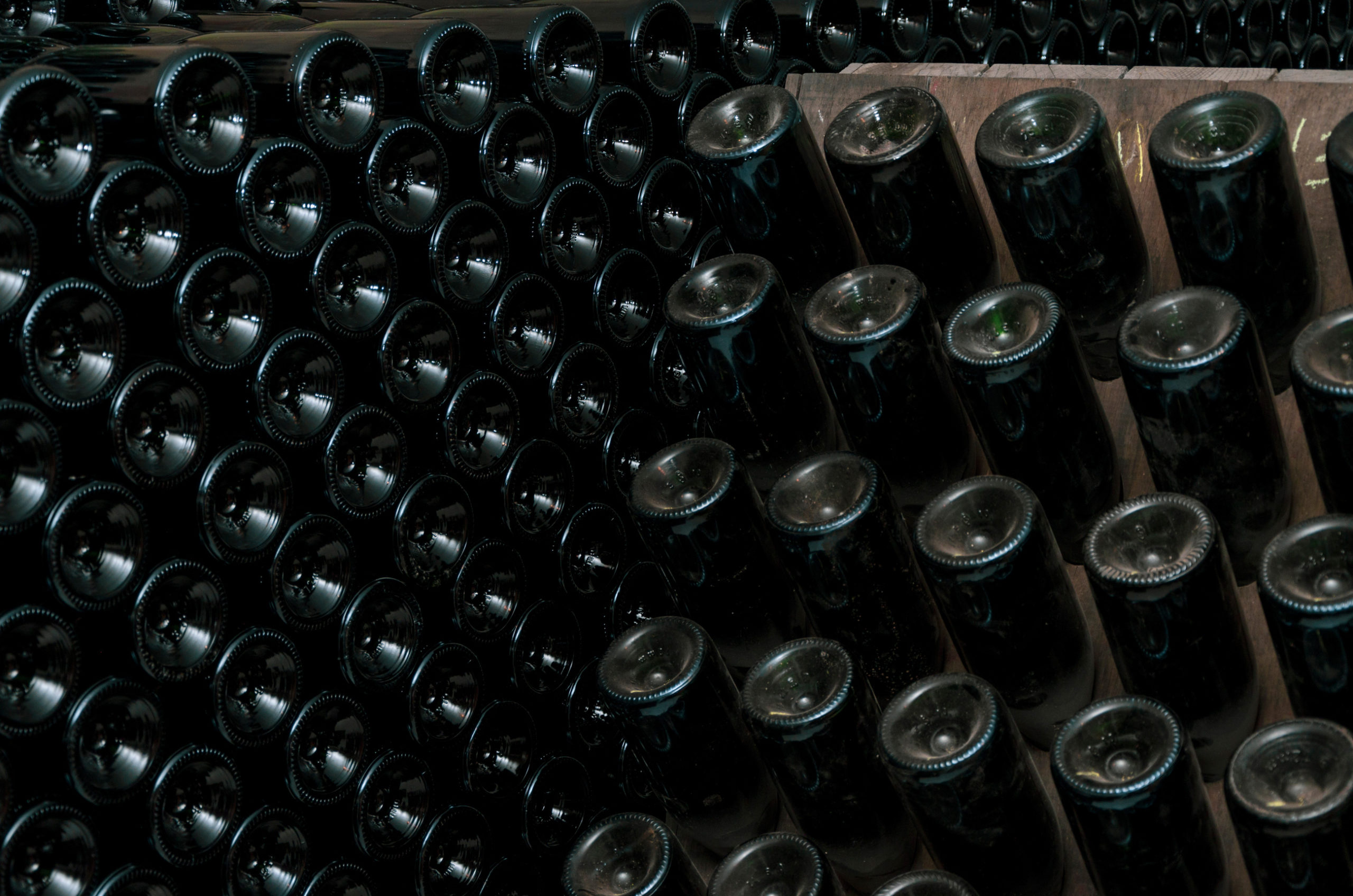LAMBRUSCO GRASPAROSSA DI CASTELVETRO:
it is Catone that talks about “vitis labrusca” in De Agricoltura e Varrone in De Rustica. and then again Plinio, who in Naturale Historia, documents the characteristics of the “vitis vinifera” “whose leaves, like those of the Labrusca vine, become blood-coloured before falling”. in 1300 the bolognese Pier dè Crescenzi, in his treatise of agriculture observes on the Labrusche, “which are black, they dye the wines and clarify, but whole and with wrinkled stems are placed in the pots and they do not spoil the taste of wine”. it is the first document that indicates that in those times was born the use of making wine from the grapes of those vines, which perhaps were no longer so “wild”.
we must remember that the ancient Labrusche were wild vines (vitis vinifera silvestri) or the vines of the subspecies vitis vinifera sativa, which were born spontaneously from a seed in the not cultivated places.
for this reason Lambrusco is considered one of the most autochthonous vines in the world, because it comes from the genetic evolution of vitis vinifera silvestri occidentalis, whose domestication took place in the territory of Modena.
Lambrusco wine has always been held in great honour by the dukes, so much so that, two and a half centuries earlier, in one of his “holograph” of june 1430, Niccolò III d’Este ordered that “of all the wine that was brought from Modena to Paris, half of the duty was not paid”, so that the trade was promoted. The most significant authors of 800 confirm that over the centuries Modena represents a territory dedicated to the production of sparkling (?) wines that have acquired a particular notoriety and a tradition of production and consumption and whose characteristics are due solely or essentially to the environment, including all natural and human factors that define it. The historical origin of the designation “lambrusco grasparossa” is certainly known since the mid-1800s as shown by the numerous historical documents among which we find the alphabetic catalogue of almost all the grapes written by Luigi maini in 1854 and the descriptive catalogue of the main grape varieties grown in the provinces of Modena and Reggio Emilia of Avv.Francesco Aggazzotti published in 1867.
Text taken from the product specification of Lambrusco Grasparossa di Castelvetro.





